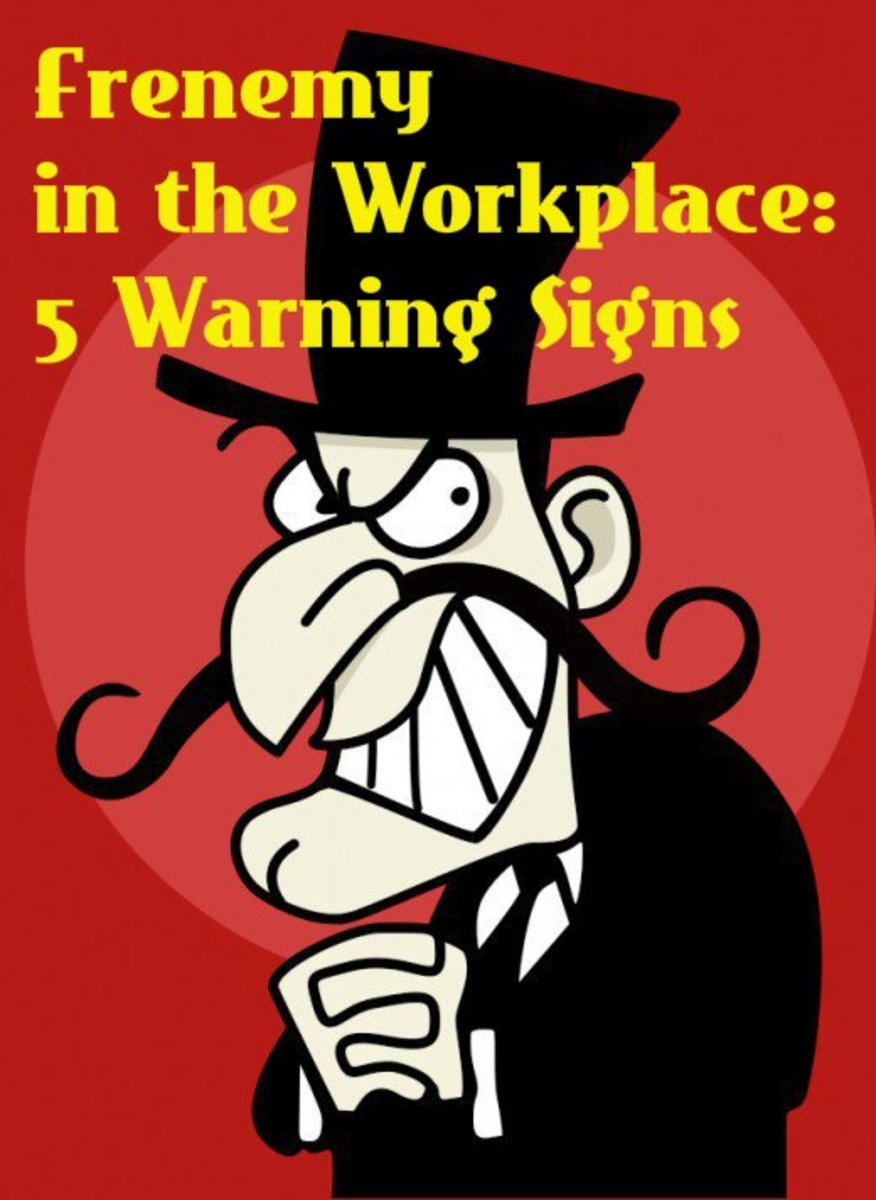Human Resources Management and Workplace Diversity

In my Human Resources Management course, my professor spoke to the roles of effective personnel management and the potential for misunderstandings in achieving respect and communication so as to boost worker productivity and morale.
Employee diversity was discussed as a complicated yet vital goal to achieve for organizational effectiveness. Diversity among employees is beneficial in several ways, including enhancing the quality of work and representing constituents or clients of various backgrounds. However, achieving workplace diversity is bound to engender conflict. Complications arise when attempting to attract candidates who are representative of the community without using such methods as affirmative action or targeted recruiting of certain demographic groups.
Workers tend to classify people by their birth date into four groups: Traditionalists, Boomers, Gen Xers, and Millenials. Employees of each of these groups are influenced and motivated through the unique events and/or conditions that they have experienced. For instance, while stay-at-home moms were more common during Traditionalist times, the “latchkey kids” of Generation X learned to rely on themselves as more mothers joined the workforce, and this independence and reliability is demonstrated in their performance at the workplace.
It’s important to consider the role of one’s values and beliefs when making important decisions, and to not make assumptions while respecting individual perspectives. Ramones shared a story about hiring a candidate who had had sexual intercourse at the workplace after-hours at a previous job. The situation involved the value judgments of hiring staff that would have a part in determining if the candidate would be hired. Efforts should be made to ensure that those judgments alone do not keep a highly qualified and talented candidate from being hired.
I was intrigued by the emphasis that was placed on generation gaps. While Deal’s book Retiring the Generation Gap seemed to vanquish the idea that generations are truly different by highlighting the similarities between them, my professor explained the varying influences of different generations to illustrate the disparate behaviors one might see in the workplace. He explained the Platinum Rule – “Do unto Others as they Need and Want to be Done Unto” – to show that everyone is different and should be treated accordingly, and that assumptions and stereotypes of employees and co-workers should be avoided.
The various rulings regarding discriminatory fire-department qualification tests were discussed in the presentation in an effort to relate the difficulties in fairly hiring diverse candidates. While I agree that the competitive examination (Rosenbloom, 2005, p. 209) is one of the more fair methods of selecting or promoting individuals, it is still nearly impossible to create tests that are fair to everyone of every background. Therefore, a variety of tests should be administered to meet a number of criteria and help eliminate bias and unfairness (p. 224). I believe that talent and skill should be the primary factors in acquiring a job, though representativeness in diverse employees can lead to greater efficiency and effectiveness in an organization (p. 238). The issue of achieving representativeness will be huge in the next five years, when there will be 2,100 new city jobs left after the eligible 30% of the workforce retires. Furthermore, succession planning, future-skills needs assessments, and other components of human resource management are vital in maintaining the employees who replace the retired employees, and in saving the city time and money (Edwards, 2009, slide 9). It’s important to determine what will keep good employees around, like Quality of Work Life programs, especially with pension programs disappearing or dying out in certain cities and organizations.
Works Cited
Edwards, F. (2009). PADM 210: Public Personnel Administration [PowerPoint slides].
Rosenbloom, D.H., & Kravchuk, R.S. (2005). Public Administration: Understanding Management, Politics, and Law in the Public Sector (6th ed.). Boston: McGraw-Hill.
Additional Resources
- Human Resources Diversity Plan
- Diversity | Human Resources
Ethics, diversity and compliance education resources - Human Resources: Diversity








